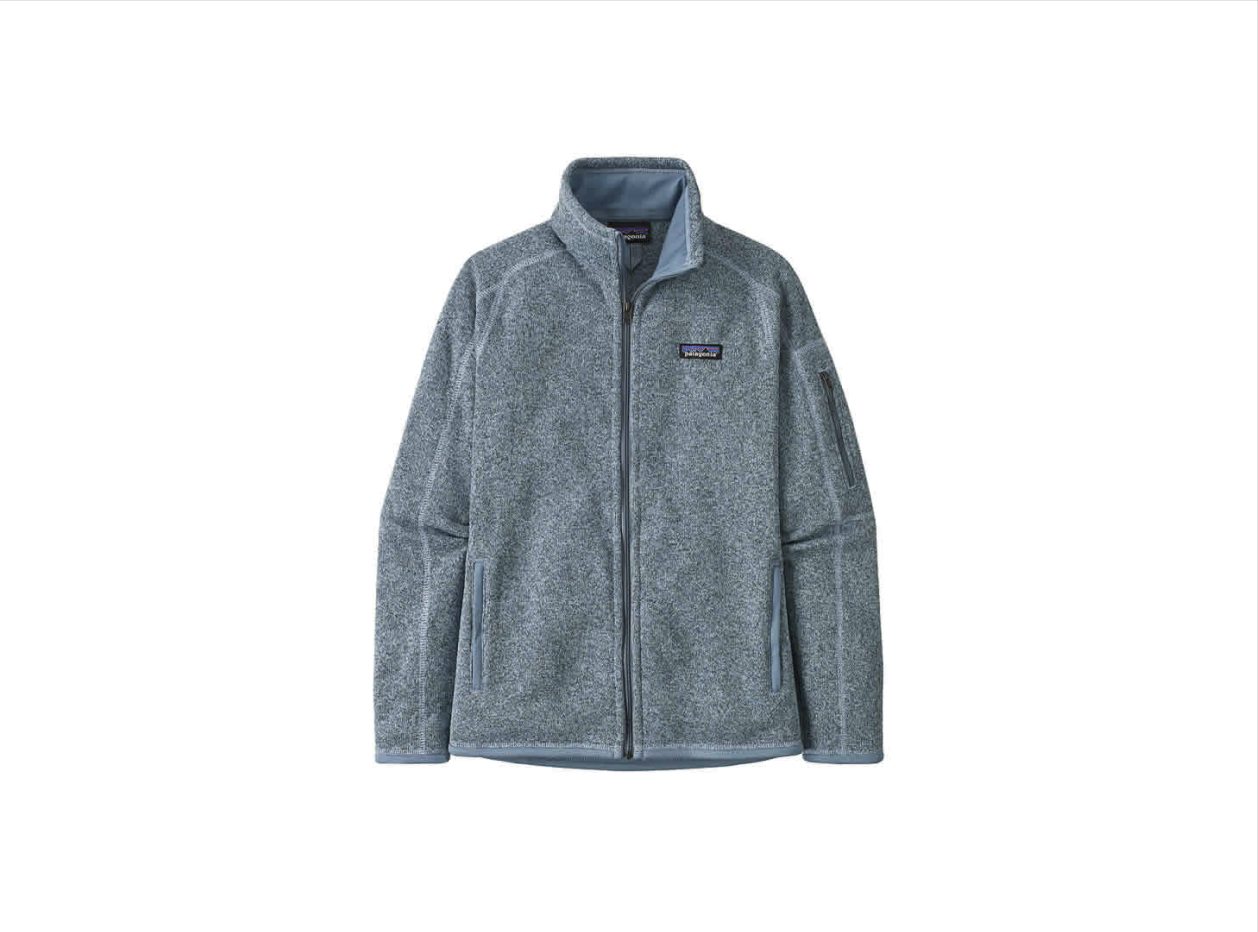Besides just staying tucked in bed all winter, the best way to stay warm outside is to invest in an insulated jacket or midlayer. When choosing the correct piece for you, one of the first questions you should ask is whether you want natural down or synthetic insulation. The best option is dependent on the type of environment and activities you plan to use your product for.

The Benefits of Down
A product of goose or duck plumage (the fluffy coating underneath the feathers), natural down forms lofty clusters to trap air and body heat, creating an envelope of warmth around you.
1. Incredibly light-weight and compressible
Down packs down to a fraction of its size for easy traveling. It’s also resilient; you can squash your down jacket into your suitcase without losing the structure of the garment.
2. Long Lasting
If you care for it properly, down insulation can last for years.
3. Breathability
Down wicks moisture away allowing you to wear an insulated layer even when sweating in high-output activities. This makes down a great choice for pursuits where your activity level will vary. It’ll keep you warm when you’re not moving but allow sweat to evaporate when you are.
The Downside to Down
There are two main trade-offs to natural down. One is the price point; down will generally be more expensive than synthetic insulation, especially the higher fill loft. The second is the fact that down loses most of its heat-retaining abilities if it gets wet. If your down jacket isn’t waterproof and you get caught in wet weather, the down will stop acting as an insulator. It also dries more slowly than synthetic.
Other Things to Know About Down
Traceable Vs. Recycled Down:
The environmental impact and potential mistreatment of the birds that provide the plumage is a major concern. Patagonia is a leader in the industry - all down used in their products is either Traceable or recycled.
1. Traceable Down:
All virgin down from Patagonia is traceable - sourced from suppliers that don’t force-feed or live-pluck the birds.
Examples: Down Sweater Jacket and Down Sweater Hoody both contain 800-fill Advanced Global Traceable Down. Both are a great dry weather piece or as a mid-layer with a waterproof shell over it. Both stuffs into its own pocket for easy storage and travel.
2. Recycled Down:
Patagonia's Recycled Down is a mix of either 600- or 700-fill-power goose and duck down that is reclaimed from cushions, bedding and other used items that can't be resold - the stuff that adds to our growing landfills. By plucking down from the trash, we reduce waste and contribute to the down-recycling stream.
Examples: Down With It Jacket or Parka, contain 600-fill recycled down. These jackets have a DWR finish in addition to the down insulation making it a great every day choice.
600 vs 800 Fill Power:
Fill-power is the rating of the down feather quality - not necessary the warmth. This is a common misconception, although in many cases, the 800 fill-power jacket may be warmer than a 600 fill. The higher the fill-power, the warmer the down will be for its weight; so if you stuff the same amount of down into a jacket, the 800 will be warmer than the 600. This is one reason why you see 800 fill-power in more technical down pieces to keep you warm in frigid temperatures, such as for alpine skiing in Vermont.

The Benefits of Synthetic Insulation
Comprised of man-made fibers, usually polyester, synthetic insulation is designed to replicate goose or duck down. These fibers are intertwined to recreate the high-loft clusters and heat-trapping air pockets found in natural insulation.
1. Price
Synthetic insulation will almost always be less expensive than down. This means you don’t have to spend as much to stay warm.
2. Can get it wet
Synthetic insulation can get wet and the warmth is not affected, which is something that natural down can’t claim.
3. Dries faster
Synthetic insulation dries faster allowing you to use it again more quickly.

The Downside to Synthetic Insulation
While synthetic insulation can definitely keep you warm, it will fall short if compared ounce for ounce with down. Synthetic also has an increased weight-to-warmth ratio compared to down meaning it has to be heavier in order to achieve the same warmth. An exception to this is PlumaFill, explained below.
Nano Puff Vs. Micro Puff Jackets
1. Nano Puff
The Nano Puff is comprised of incredibly lightweight and highly compressible 60-g PrimaLoft ® Gold Insulation Eco 100% postconsumer recycled polyester with P.U.R.E. (Produced Using Reduced Emissions) technology, wrapped in a 100% recycled polyester shell and lining. This collection is a great price point for people who want warmth on a smaller budget and want to be able to wear a jacket or mid-layer in varying weather.

2. Micro Puff
The Micro Puff is comprised of 65-g lightweight PlumaFill insulation and 0.8-oz 10-denier Pertex ® Quantum 100% nylon ripstop shell and lining. The benefit of PlumaFill is that it replicates the structure of down in a continuous synthetic insulation material, offering the warmth and packability of down but with the warm-when-wet performance of synthetic insulation. This makes the Micro Puff the best warmth for weight jacket from Patagonia. The Micro Puff can be used as a jacket or mid-layer in conditions and activities where you may get wet but want the lightest possible option - such as alpine touring, winter hiking or ice climbing.
So, now you’ve got a crash course in the difference between down and synthetic insulation. There is so much more to learn about both types but this is a great starting point if you’re looking to make an informed decision for your next winter jacket or mid layer.
Stop by for any questions - we can help you find the best product for you and stay warm out there!
Sources used:













Leave a comment
This site is protected by hCaptcha and the hCaptcha Privacy Policy and Terms of Service apply.